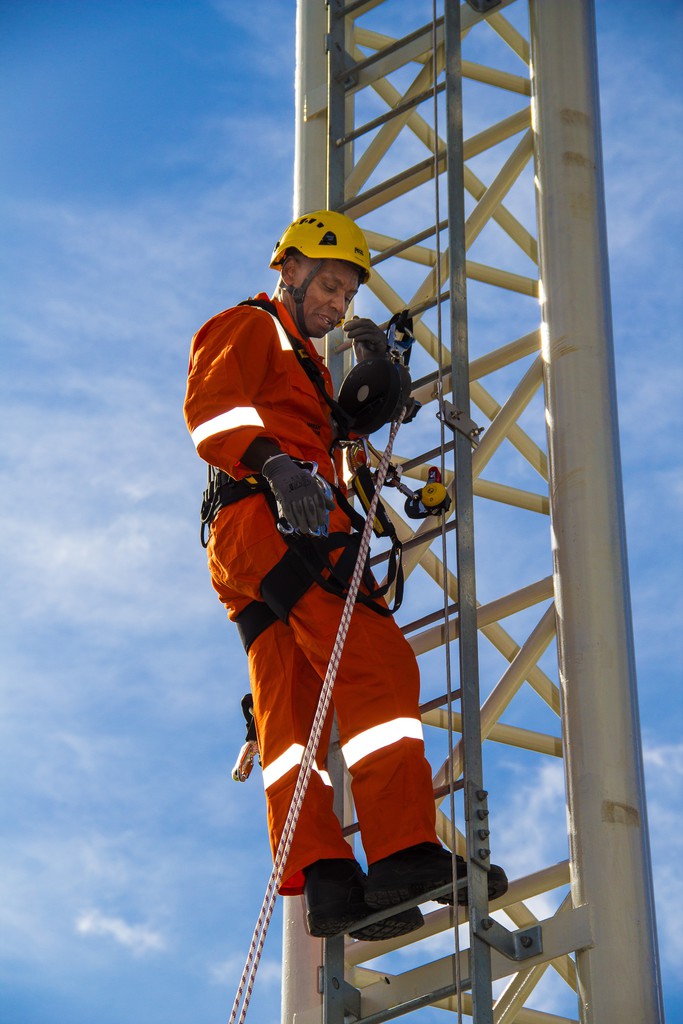
 |
Mark Sennett
Managing Editor |
 |
Kelly Rose
Editor |
What keeps you awake at night?
02 November 2016
These days it is widely recognised that it is unacceptable and morally wrong to injure our workforce. In addition to this, the introduction of the Corporate Manslaughter and Homicide Act provides criminal liabilities where serious management failures result in a workplace fatality.

So how does a ‘caring company’ measure and monitor key performance around major and fatal hazards, which will allow a degree of comfort at the highest level within the organisation, the Board of Directors? It is important that Directors understand business risk, none more so than that of health and safety.
The key difference between the two hazards is that ‘major’ can be described as having potential for a multiple fatality event (e.g. fire/explosion, mass transport of people) and ‘fatal’ is the potential for a single fatality event (e.g. electrocution, fall from height). These can also be referred to as process and personal safety. Producing and effectively managing Critical Hazard Indicators relevant to these hazards gives an indication that critical elements of the risk control are being carried out proactively for these hazards.
The indicators produced can be monitored at different levels of the organisation up to and including Board level, albeit the level of detail may vary at different levels of the structure.
MRS Training and Rescue provides a health and safety service to assist organisations to implement or review a whole or part of their Safety Management System, this can include the development of risk assessment and Critical Hazard Indicators. MRS has carried out this work in major hazard industries using expertise, knowledge and experience built up within the business. See more at www.mrsl.co.uk.
- Breathing apparatus for mines rescue
- Rescuing people for over 100 years
- London training facilities open
- Consultancy services
- Safe access & control of confined spaces
- Confined space training
- Mobile plant risk management
- Rescue from confined spaces
- Managing the chameleon - confined spaces
- Managing confined spaces
- No related articles listed























